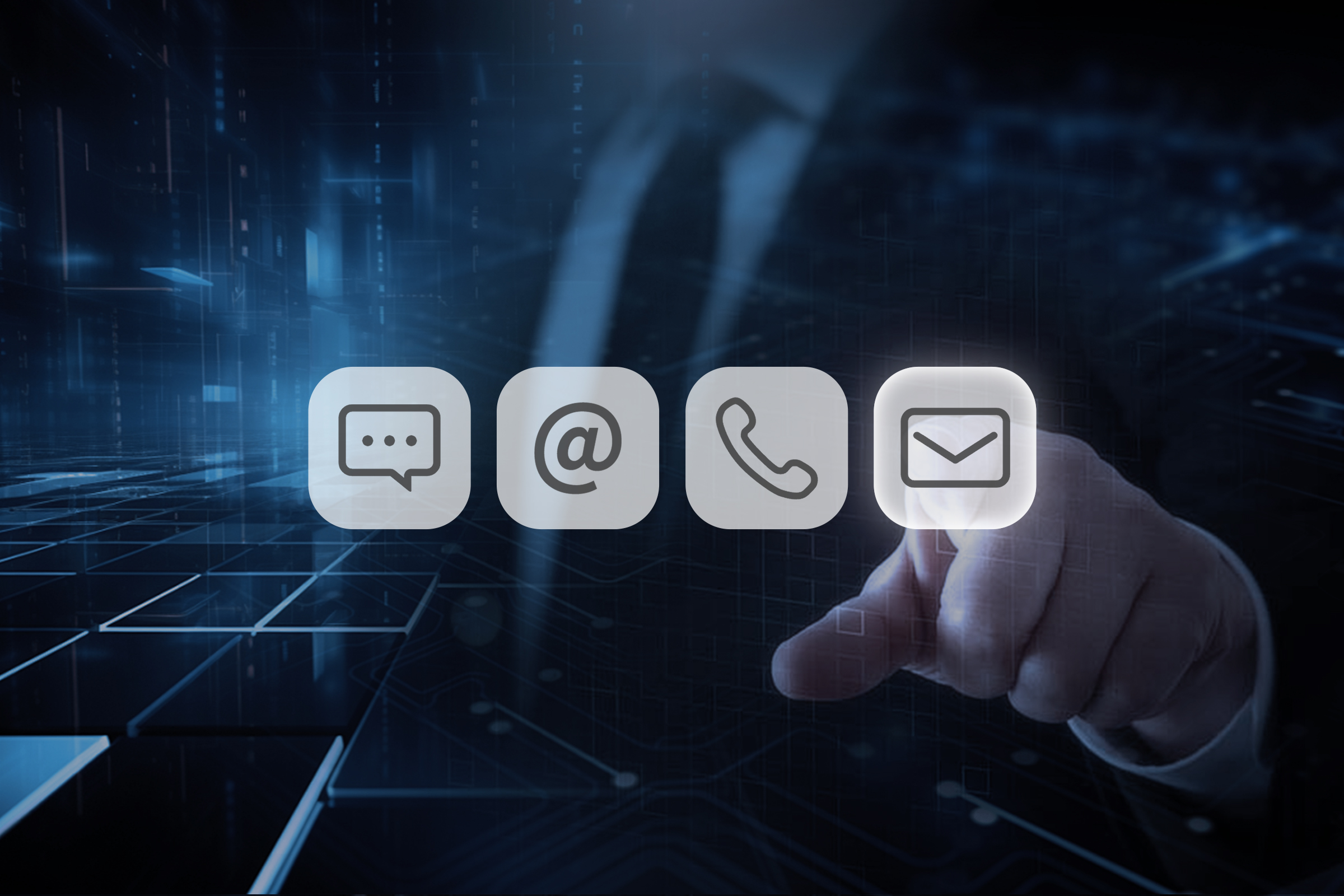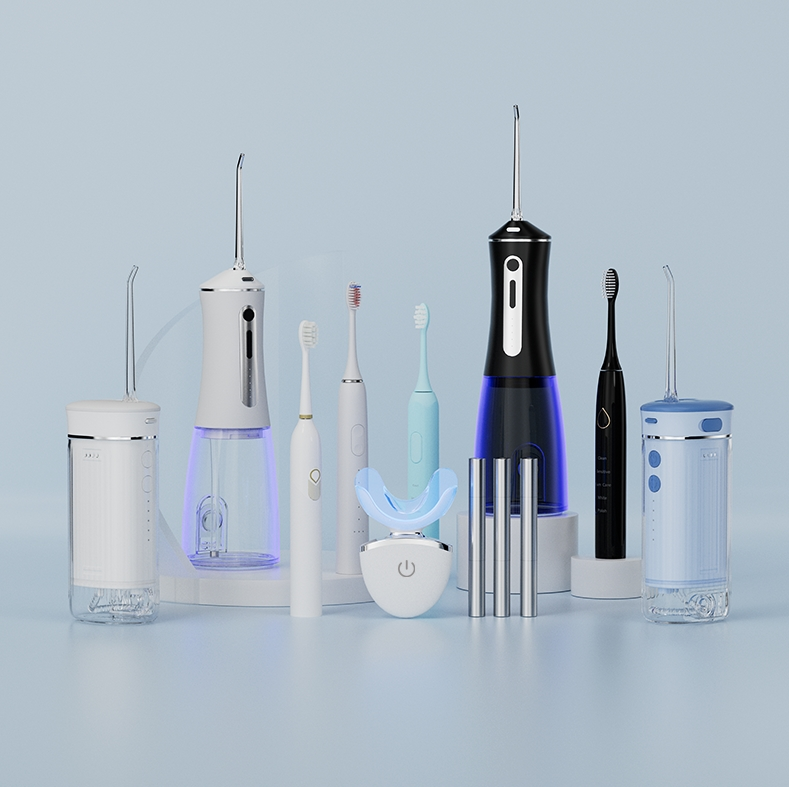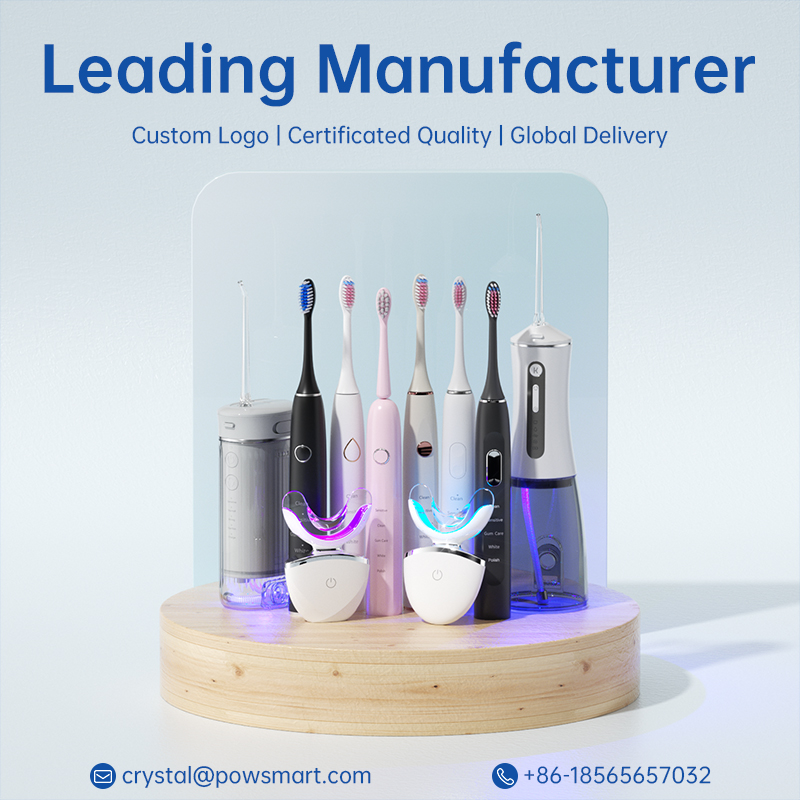In the realm of oral care device manufacturing, increasing reports of allergic reactions following pulp irritation during product use have raised concerns. While these two symptoms may appear unrelated—one immunological, the other sensory—closer technical analysis suggests they may not be mere coincidence. Could pulp irritation actually trigger or amplify allergic reactions? Understanding this potential connection is essential for manufacturers aiming to enhance both product safety and user trust.
Pulp irritation refers to inflammation or overstimulation of the dental pulp—the soft tissue within teeth containing nerves and blood vessels. In the context of oral care devices, it typically results from:
Symptoms include sharp tooth pain, prolonged sensitivity, and discomfort when consuming hot or cold substances.
Allergic reactions manifest as hypersensitivity responses, potentially including:
Such reactions are typically triggered by exposure to allergens present in:
The overlap of allergic symptoms and dental discomfort complicates diagnosis. Company web:https://www.powsmart.com/product/electric-toothbrush/
Emerging research suggests that pulp irritation may predispose users to apparent allergic reactions, via:
Thus, while not directly causative, pulp irritation can act as a catalyst or amplifier for allergic responses, especially in sensitive users.
Key design and formulation risks contributing to combined pulp irritation and allergic reactions include:
Failure to address these risks can create simultaneous sensory and immunological distress in users.
Manufacturers seeking to eliminate this dual-risk scenario should implement:
Additionally, providing user-adjustable intensity settings on devices allows consumers to prevent overstimulation that could trigger pulp irritatio
By proactively eliminating the combined risk of allergic reactions and pulp irritation, B2B manufacturers can:
In professional procurement scenarios, offering materials transparency and safety test reports is a key differentiator.
Are allergic reactions after pulp irritation merely coincidence? Evidence suggests otherwise. While not directly causal, pulp tissue inflammation can sensitize users to allergens, heightening both perceived and physiological responses. For manufacturers, addressing this hidden connection through better material choices, precise thermal controls, and hypoallergenic formulations is essential—not just to protect users but to protect their brand reputation. Contact us
.jpg)
.jpg)

Material Innovation and Environmentally Friendly Production Practices for Electric Toothbrushes

Voice-Activated and AI-Driven Toothbrushes – The Next OEM Frontier
Brush + Flosser Combo Electric Toothbrush Wholesale

How Teeth Whitening Devices Protect Dental Health and Enhance Smile Confidence

Why Is a Dental Recommended Brush with BPA-Free Brush Heads Safer?

Common Electric Toothbrush Issues & How Factories Can Prevent Them
Oral Ulcers Fluorosis aggravation? Whitening Device Contraindications!

Fixing Low Pressure in Your Water Flosser: Manufacturer’s Solutions

Oral Care Products CPSR Material List: Ensuring Safety and Compliance
How Do Bristle Deformation and Nozzle Clogging Affect Oral Cleaning?
Dental Clinic Toothbrush Bulk Supply | Reliable Oral Care Distributor
.jpg)
Protecting Dental Veneers: How to OEM Gentle Water Flossers and Electric Toothbrushes
Smart Toothbrush for Professionals | Tech Lifestyle Care
Pump Failure Plus Tank Leakage – Terminal Malfunction or Preventable Issue?

Sonic Toothbrush Excellence: How OEM Advantages Create Your Competitive Edge
Valve Jamming Causing Salivary Alteration – Fixable?

electric toothbrush heads Regular Clean

electric toothbrush heads Ultra Soft

Private Label Whitening Gel

Electric toothbrush heads Charcoal Infused-Diamond

Customization Teeth Whitening Gel
.jpg)
Florida Electric Toothbrush – Powsmart PTR-C8

electric toothbrush heads Charcoal Infuse-Round

electric toothbrush heads Deep Clean
whstapp
whstapp
National Toll-Free Service Hotline
+86 755 86238638